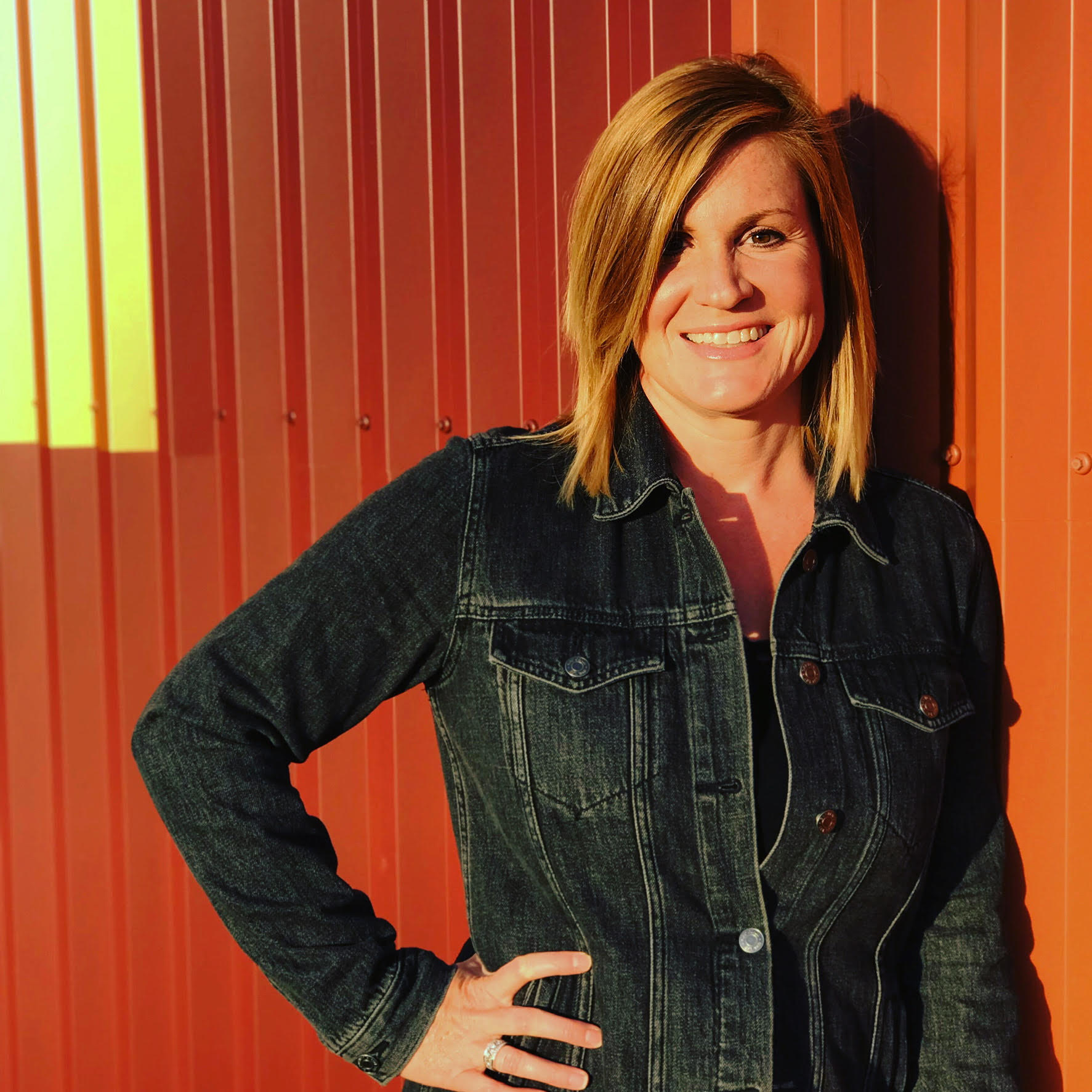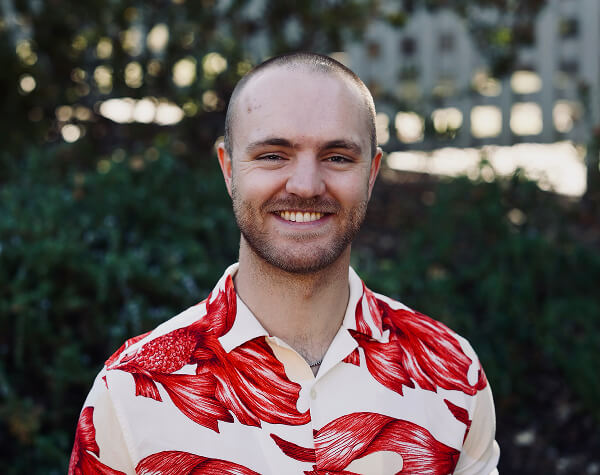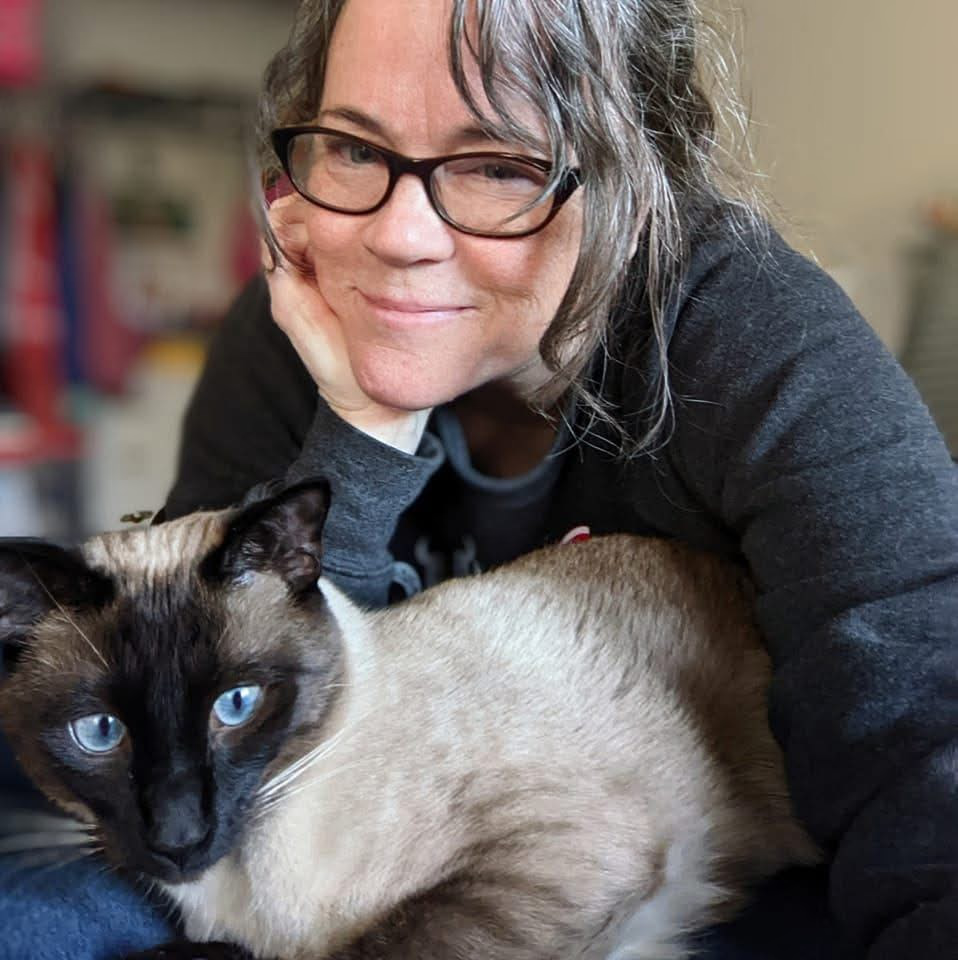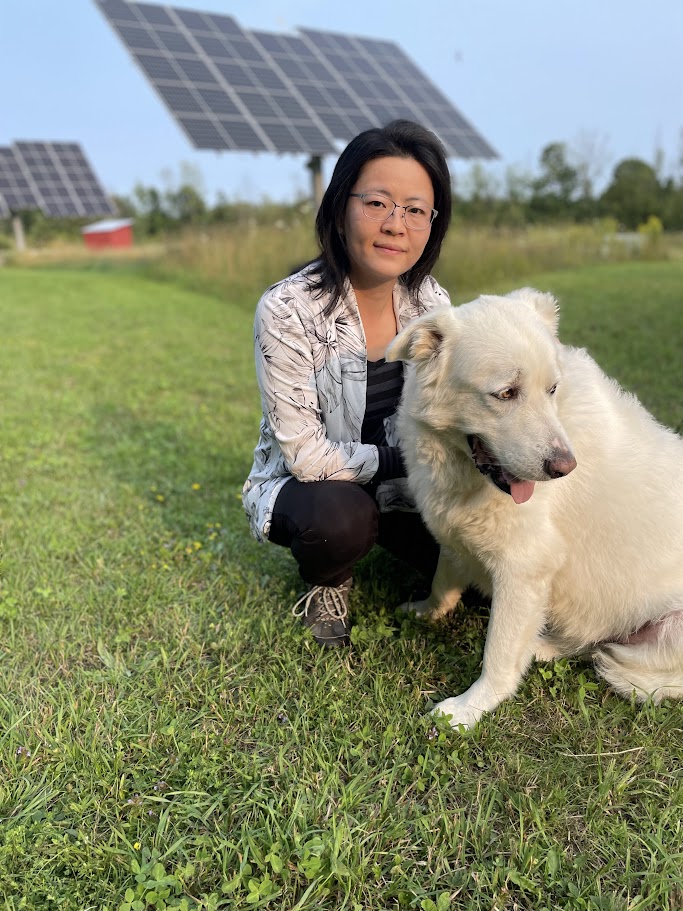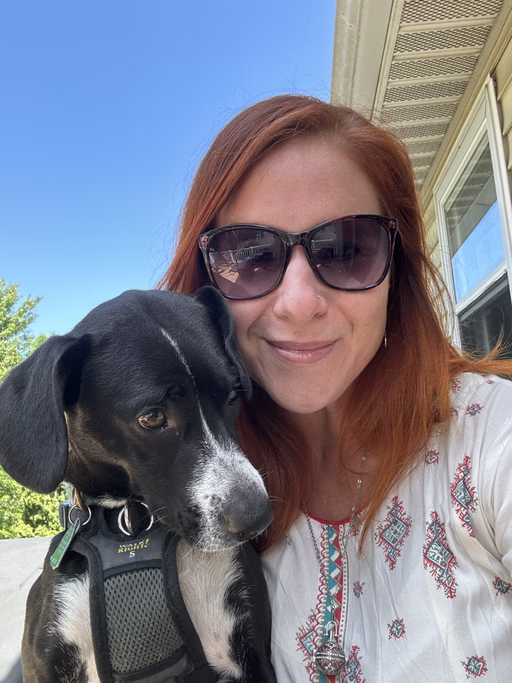Therapeutic
I currently see a therapist (licensed social worker) and a prescriber (nurse practitioner). Though both support my use of therapeutic ketosis as a part of my treatment, neither are well versed in its application. I was put on olanzapine back in September 2023 as a result of a manic episode. Before that I had been off of all medications since spring of 2020 (as a result of the pandemic and lockdowns). It is likely that cannabis and possibly heavy nicotine use contributed to the manic episode. My prescriber and I now work together closely to monitor symptoms that tend to precede a manic episode and use the olanzapine as needed. Since the olanzapine has such metabolically damaging side effects, my prescriber and I are currently working to decrease the need for the drug by focusing heavily on sleep management, nicotine cessation and decreasing cannabis use.
Integration
Since I discovered this treatment by accident, I didn’t have any lab work done beforehand. Currently, I monitor my blood ketone and glucose levels three times daily to gain a clearer picture of my metabolic state and to adjust my diet and routine as needed. I also test my vitamin D levels every 4–6 months. While I’ve had other lab work done—such as a CBC and lipid panel—I haven’t yet found a provider willing to follow up without becoming uncomfortably insistent on prescribing a statin, which I strongly prefer to avoid. Over the past couple of years, I’ve incorporated magnesium L-threonate, vitamin D, vitamin K, and Lugol’s iodine to my daily routine. More recently, I added a B-complex supplement with coenzyme CoQ10, as I’ve consistently found B vitamins helpful—even before I discovered therapeutic ketosis. Before switching to my current B-complex, I regularly used nutritional yeast to support my B vitamin intake. Though not technically a supplement, I also eat a can of sardines daily to boost my intake of omega-3 fats.
Nutritional
When it comes to my diet, I can best summarize the guiding principles I follow by paraphrasing Dr. Annette Bosworth: Ketosis is a metabolic state, not a diet. Early in my ketogenic journey, I purchased both a ketone meter and a blood sugar monitor and made regular testing a habit. My diet varies depending on several factors, but generally, I follow a mostly animal-based approach with fewer than 40 grams of total carbohydrates per day to stay in nutritional ketosis (above 0.5 mmol/L). When my symptoms become noticeable, I’m under a lot of stress, I’m using olanzapine more frequently, or my nicotine consumption increases, I adjust accordingly. In these cases, I reduce my carbohydrate intake to below 20 grams and incorporate additional fasting to elevate my ketones into a more therapeutic range (1.0–4.0 mmol/L). I regularly practice intermittent fasting, typically beginning my fast in the afternoon and going without food for 16–18 hours. Recently, I’ve added a once-weekly extended fast, going 36–40 hours between Saturday afternoon and Monday morning. Since starting this protocol in February, I’ve noticed a significant and sustained increase in my ketone levels.
Ketosis
I regularly test both my ketone and glucose levels. I generally aim to stay in nutritional ketosis, with ketones measuring above 0.5 mmol/L. Recently, I’ve been achieving higher ketone levels by incorporating more fasting and reducing my intake of metabolically damaging substances. I’ll be monitoring how these changes affect my symptoms and overall well-being in the coming months. It’s worth noting that I have intentionally experimented with going off a ketogenic diet since October 2022, and I’ve also fallen off track on a few occasions. Both experiences reinforced my belief that this therapy is effective and offers significant benefits for my health.




